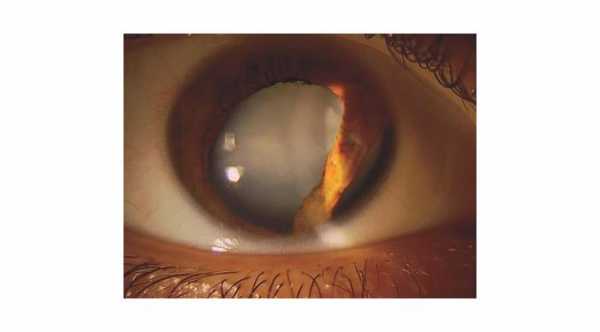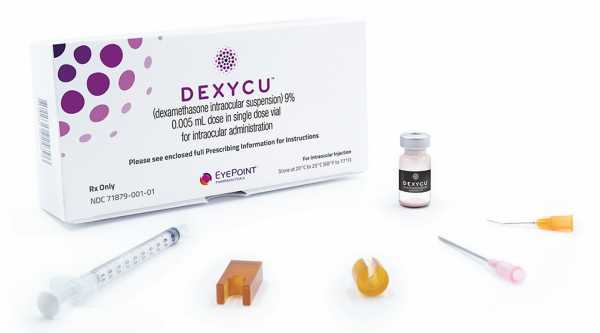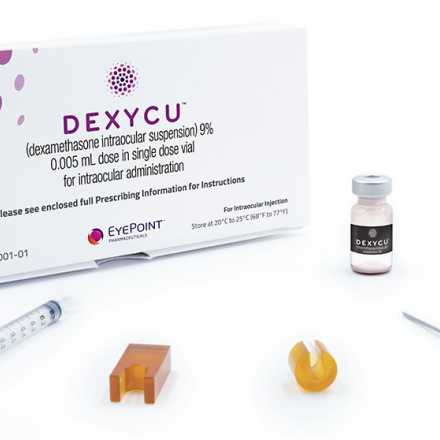
Traumatic Cataract
Traumatic cataract can occur when the natural lens is damaged by blunt trauma, penetrated eye injury or perforated eye injury.
With blunt force trauma, the eye will get shorter in the anterior- posterior axis (Front and Back axis) which in the same time is associated with expansion or widening of the eye ball in the Equatorial axis (side to side plane).
This can cause rupture or tearing in the anterior lens capsule, posterior lens capsule, zonules with damages to the natural crystalline lens and rupture of the iris blood vessels with formation of Hyphema. Damaged lens will form opacification and cataract.
Zonules are the suspensory ligament of the lens. They keep the lens in place. Rupture of the zonules can cause traumatic lens dislocation and subluxation.
With penetrating eye injury, there will be direct damage to the lens capsule and the lens material which will lead to cataracts formation. In this case, the cataract will be either in the entire lens or just at the site of lens perforation causing focal cataract.
Retained intraocular foreign bodies can cause cataracts either by direct damage to the lens with opacity formation or by continuous deposition of material.
Siderosis Bulbi which is deposition of iron material in many parts and layers of the eye such as cornea, iris, retina and lens. Iron Deposition can cause cataracts,iris Heterochromia and retinal dysfunction.
Chalcosis is the deposition of copper in the eye It is characterized by formation of kayser fleischer ring in the cornea, cataracts ( anterior sunflower cataract) and degenerative retinopathy. Deposition of high dose of copper can cause endophthalmitis like picture.
Cataracts can follow treatments of ocular trauma by using eye drops with corticosteroid component.
Treatment of Traumatic Cataract is the same as treatments of other types of cataract but we have to make sure to treat other complications of trauma such as eyelid laceration, corneal wounds, Hyphema and retinal injuries.









